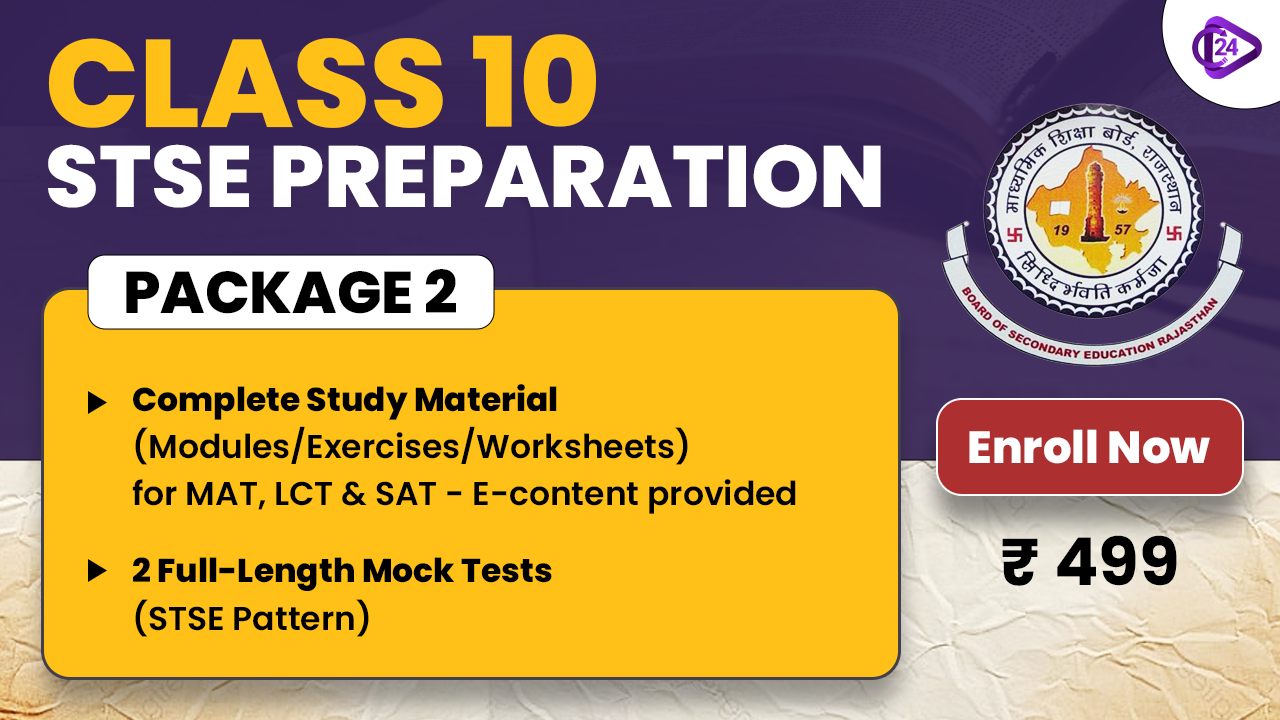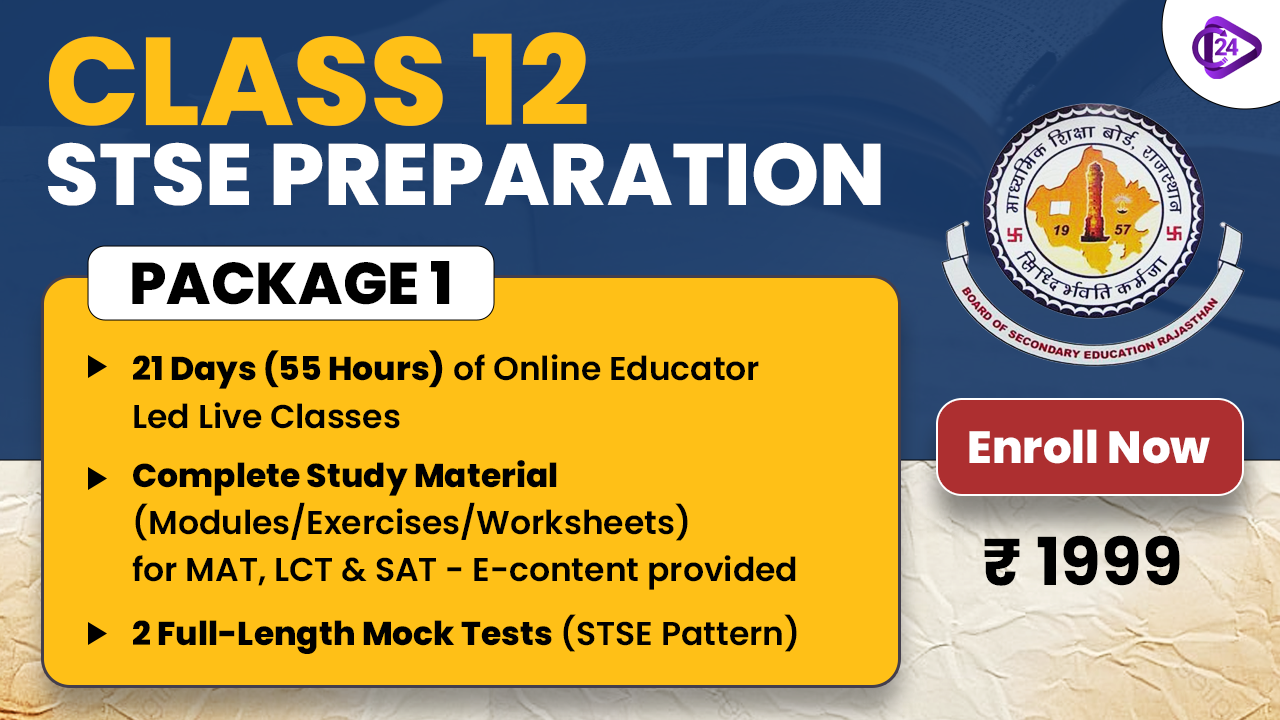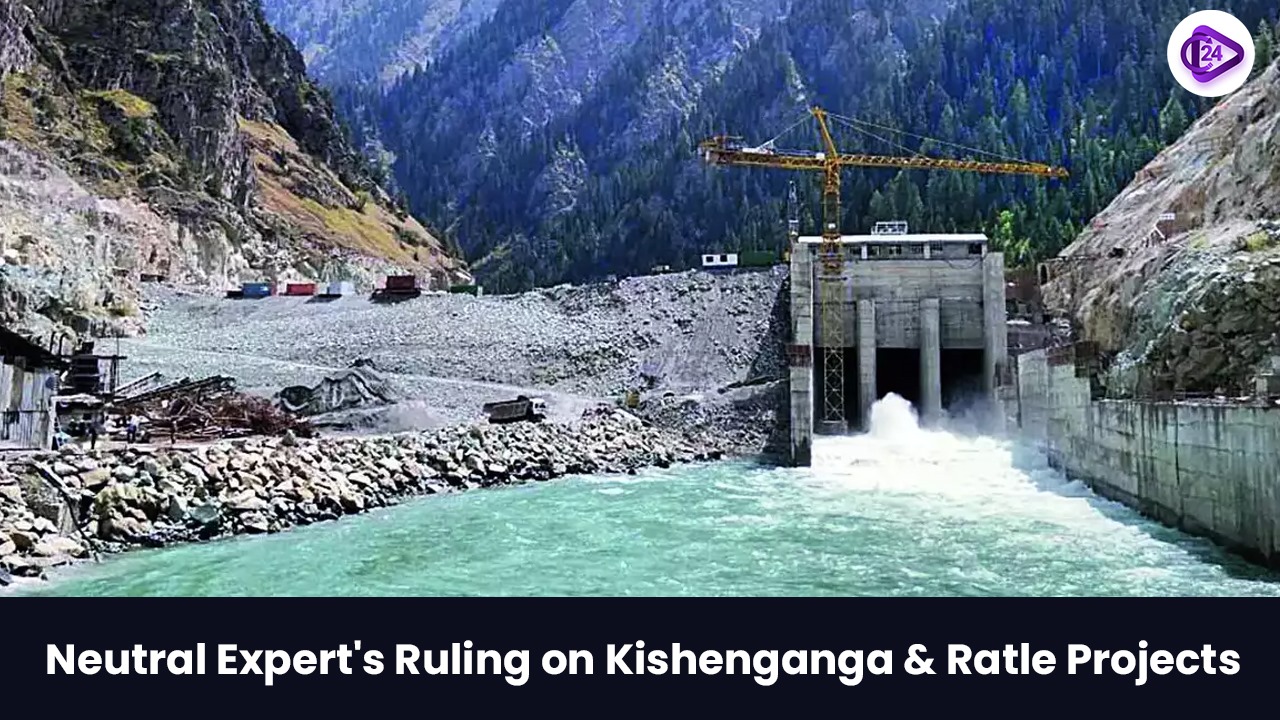
The Indus Waters Treaty (IWT) World Bank appointee Neutral Expert made a major decision to handle the dispute between India and Pakistan about their hydroelectric projects at Kishenganga and Ratle. The expert concluded that his technical background qualifies him to make decisions about the design differences for these power plants. Pakistan disputed the projects even though the schemes followed canal watercourse ideas since they did not physically alter river flow. In 2015 Pakistan wanted the World Bank to appoint a Neutral Expert but decided to pursue PCA arbitration in its place. Recent legal judgment supports India's argument that the Neutral Expert should handle this matter instead of bringing in additional international agencies.
Indus Water Treaty (IWT)
On September 19, 1960, India and Pakistan formed an agreement known as the Indus Water Treaty to regulate how they use water from six rivers including the Indus River. After long negotiations, the World Bank helped create the treaty which seeks to boost relations between India and Pakistan while overseeing their joint control of water resources.
Key Provisions of the Treaty
-
The treaty divides the Indus River system into two groups of rivers:
-
Eastern rivers: Sutlej Beas and Ravi rivers stay entirely accessible to India.
-
Western rivers: Indus, Jhelum, Chenab (Pakistan's use, with certain rights for India, such as hydroelectric projects)
-
-
India maintains unrestricted use of the Sutlej Beas and Ravi rivers while Pakistan controls western river access plus maintains limited hydroelectric project rights in those rivers.
-
Under the IWT, Pakistan controls 80% of the river water while India utilizes 20%.
-
Since the treaty's creation, it placed the Permanent Indus Commission (PIC) in charge of overseeing ongoing cooperation and scheduled meetings.
Dispute Resolution Mechanism
The IWT includes a three-step dispute resolution process:
-
Step 1: The Permanent Indus Commission (PIC) handles all disputes first.
-
Step 2: When disputes persist the World Bank selects a Neutral Expert to handle the case.
-
Step 3: Once both parties fail to settle their disagreement the dispute moves to the Court of Arbitration.
Pakistan’s Position
In 2016 Pakistan chose to skip the PIC process and start direct arbitration proceedings. India maintains that treaty principals demand dispute resolutions must progress through each designated step before nations can deviate to other methods. During 2022 the World Bank worked with both Named Neutral Expert and Court of Arbitration proceedings which brought rising conflicts between India and Pakistan.
India’s Recent Actions
- India withdrew from PIC talks in May 2022 to negotiate new terms with Pakistan.
- Since 2023 India has sent four official invitations for dialogue but Pakistan has not given any official answers.
Neutral Expert (NE) Clarification
Under the treaty's terms, the Neutral Expert confirmed his power to resolve technical matters between India and Pakistan about their planned Kishenganga and Ratle projects. According to Neutral Expert’s ruling, the seven disputed matters for him to resolve cannot proceed to the Arbitration Court. Under treaty rules the parties respect and accept Neutral Expert decisions as valid outcomes.
Next Steps
The Neutral Expert must now hold hearings with both parties to decide if the Kishenganga and Ratle project designs fulfill the requirements of the IWT. The NE needs to make its last decision based on all information received from both parties.
Water Management Challenges
Despite being meant for water resource management the Indus Water Treaty serves as a sign of ongoing geopolitical rivalry between the involved nations. These two nations need to solve their shared water management problems because they support millions of people living around river basins.
Conclusion
The Neutral Expert decision supports India's diplomatic achievement by proving the Indus Waters Treaty's dispute resolution process remains the proper platform for technical hydroelectric project discussions. This court decision enables India to develop its water needs under the treaty while maintaining treaty implementation. Water treaty struggles can be resolved through treaty rules and the results demonstrate India can use water resources freely for development needs.



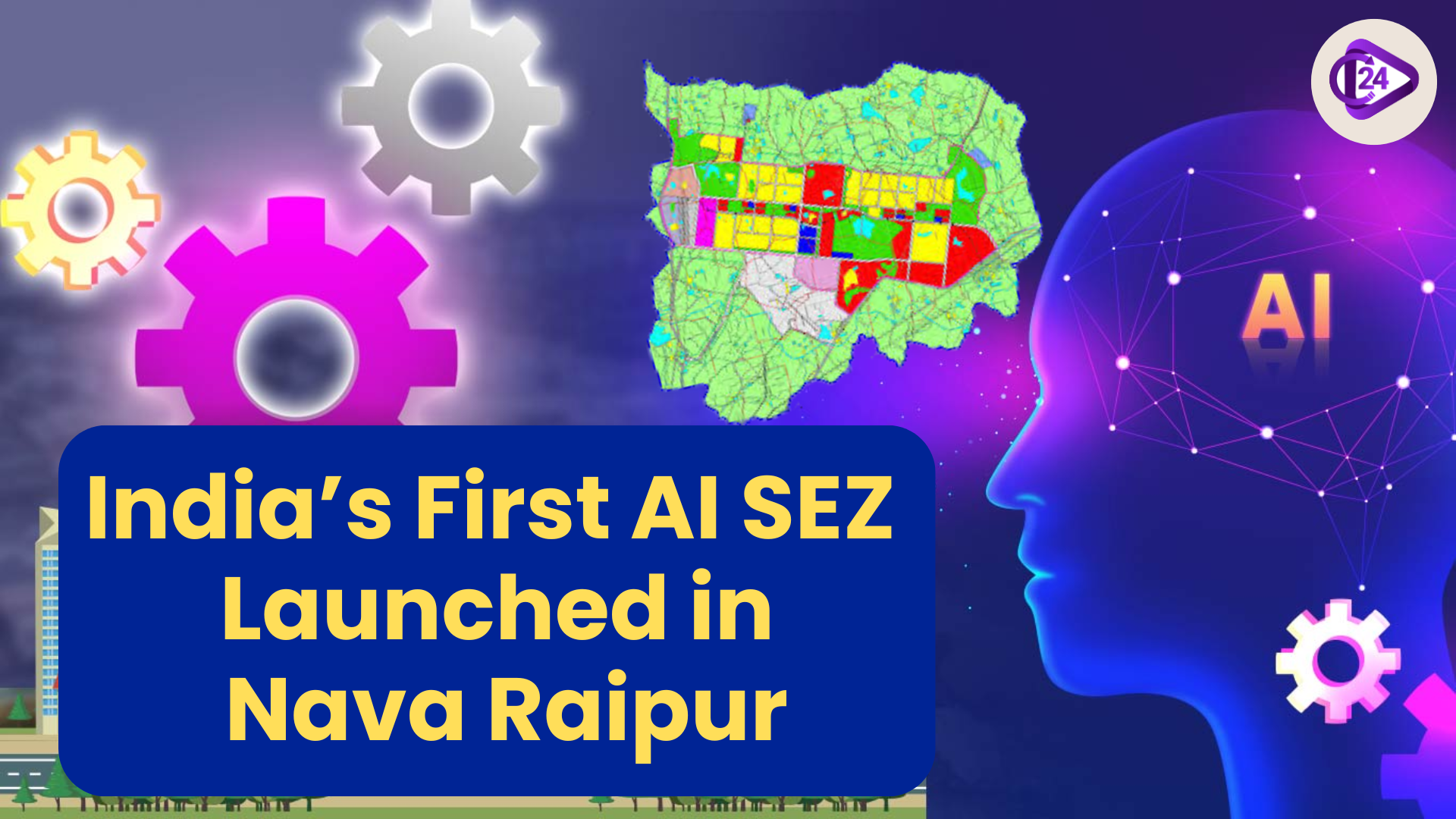 India’s First AI-Focused SEZ launched in Nava Raipur To Push India Towards Digital Modernization
India’s First AI-Focused SEZ launched in Nava Raipur To Push India Towards Digital Modernization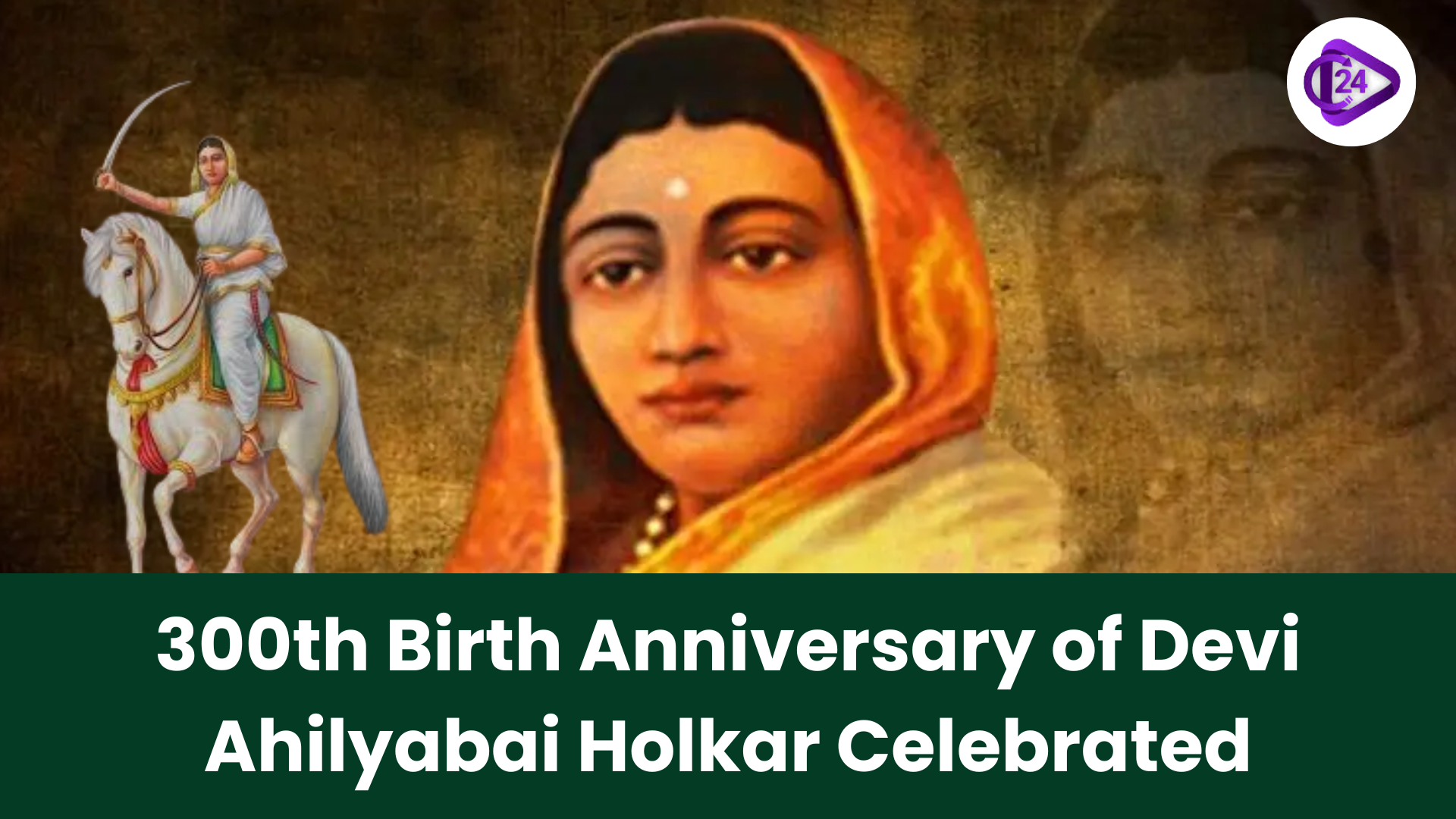 Devi Ahilyabai Holkar Jayanti 2025 celebrated on 31st May
Devi Ahilyabai Holkar Jayanti 2025 celebrated on 31st May Centre Urges States to Address Declining Enrolment in Government Schools
Centre Urges States to Address Declining Enrolment in Government Schools India Unveils the E-Hansa: An Electric Training Aircraft Increasing Green Aviation
India Unveils the E-Hansa: An Electric Training Aircraft Increasing Green Aviation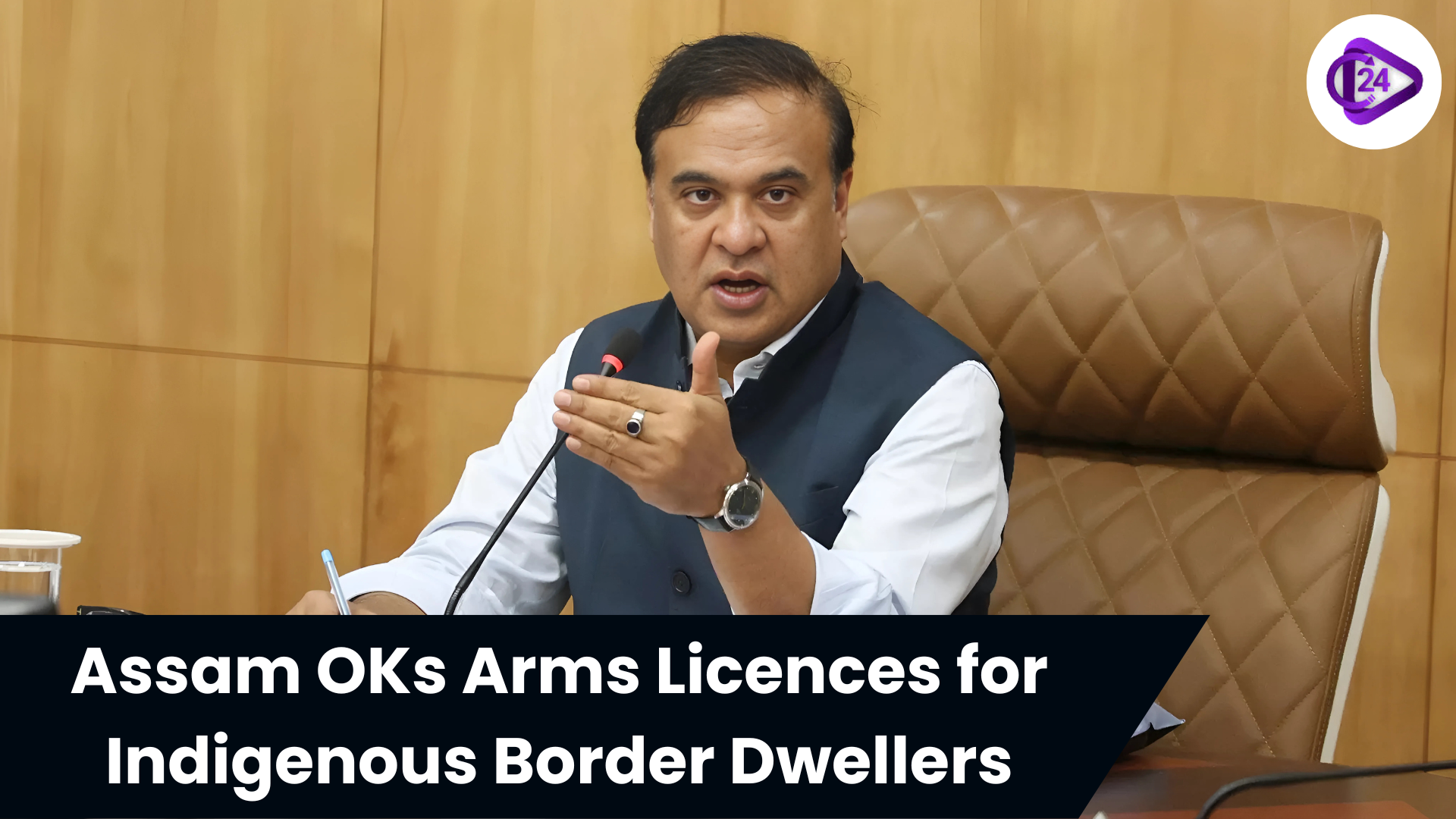 Assam OKs Arms Licences for Indigenous Border Dwellers
Assam OKs Arms Licences for Indigenous Border Dwellers Measles Vaccine prevented over 9 crore deaths across the globe: Health experts
Measles Vaccine prevented over 9 crore deaths across the globe: Health experts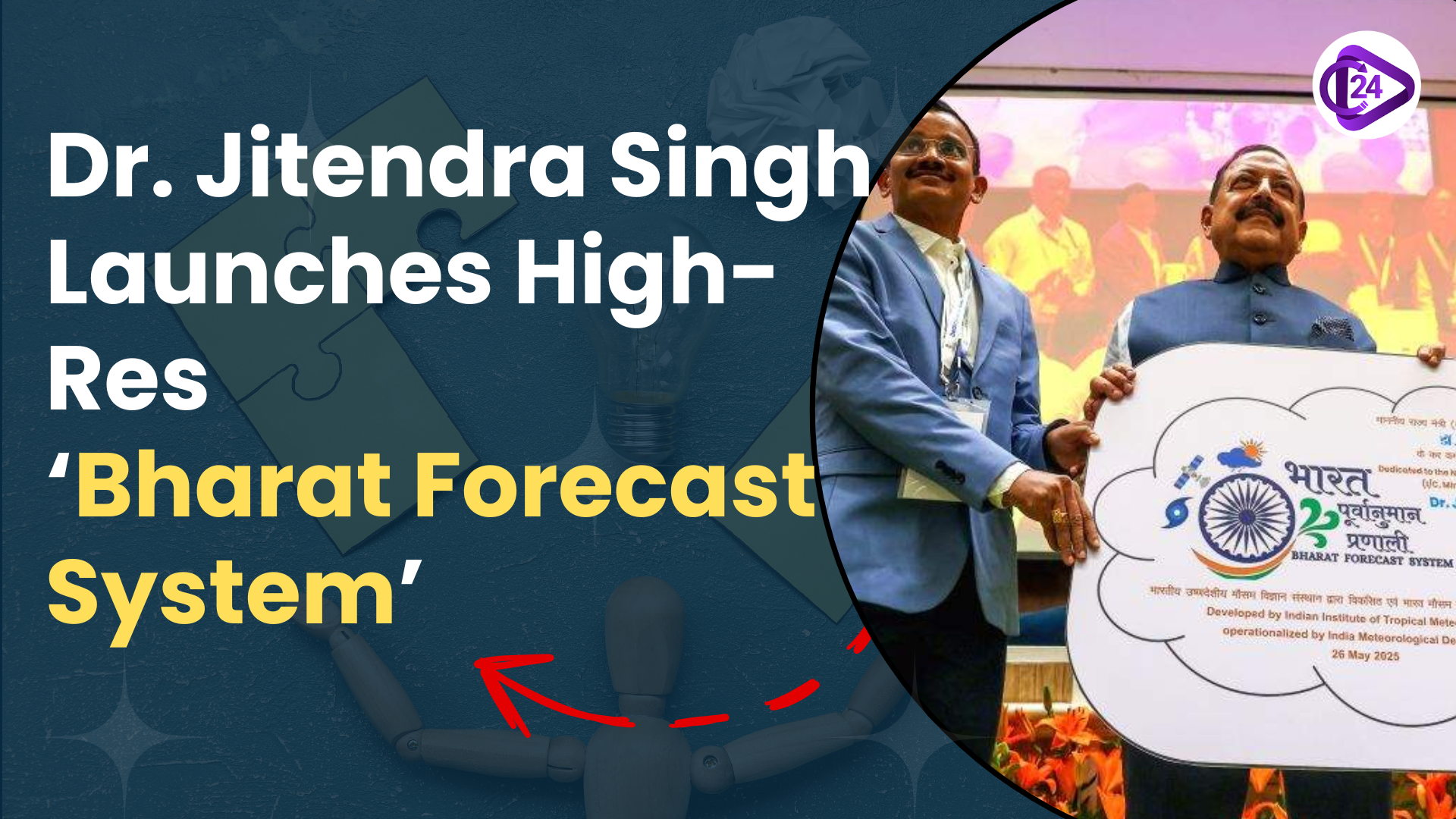 India Launches Bharat Forecast System for Accurate Local Weather
India Launches Bharat Forecast System for Accurate Local Weather PM Modi inaugurated India’s leading 9,000 Horsepower Locomotive at Dahod, Gujarat
PM Modi inaugurated India’s leading 9,000 Horsepower Locomotive at Dahod, Gujarat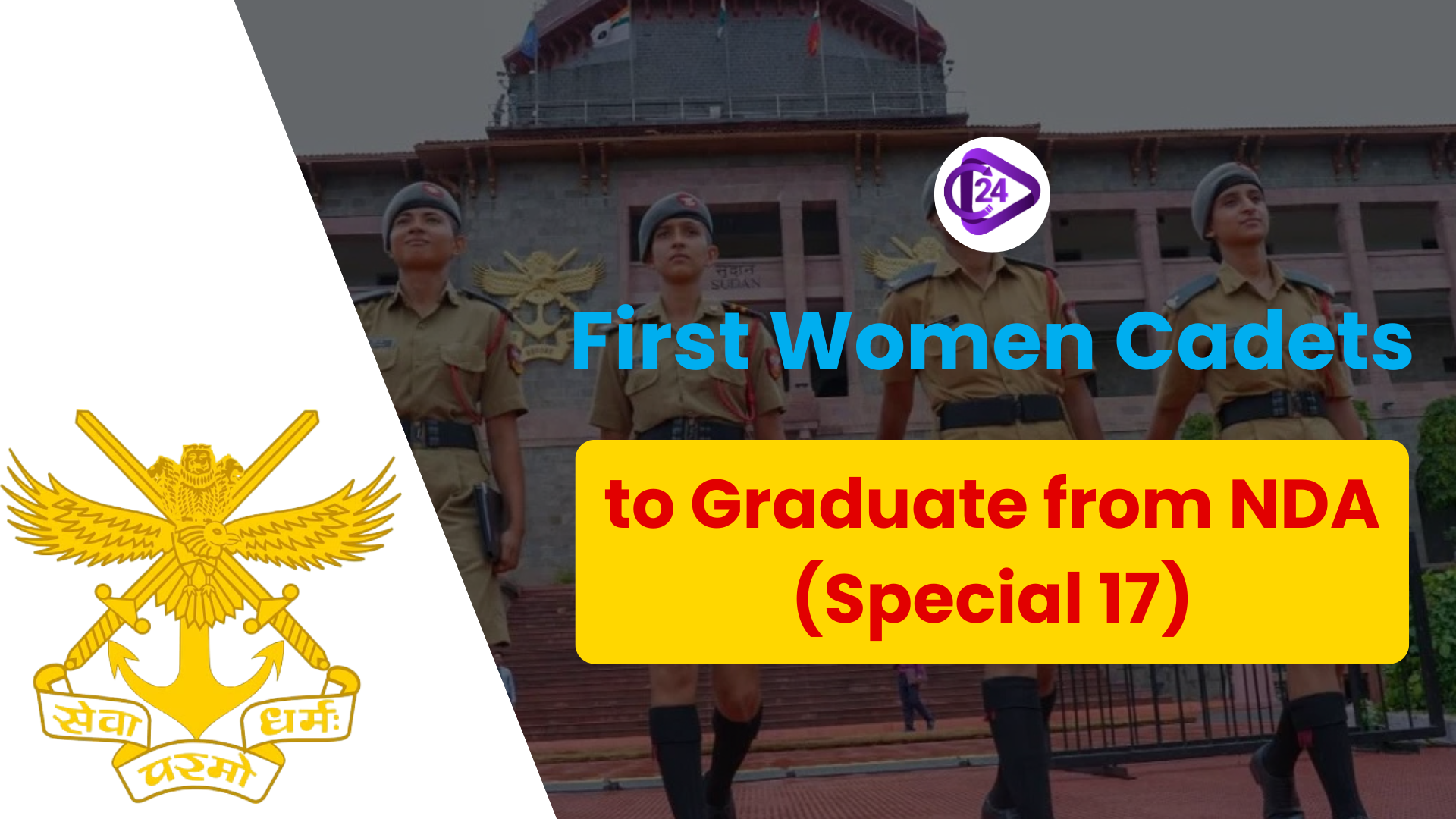 Special 17: First batch of women cadets set to pass out of NDA
Special 17: First batch of women cadets set to pass out of NDA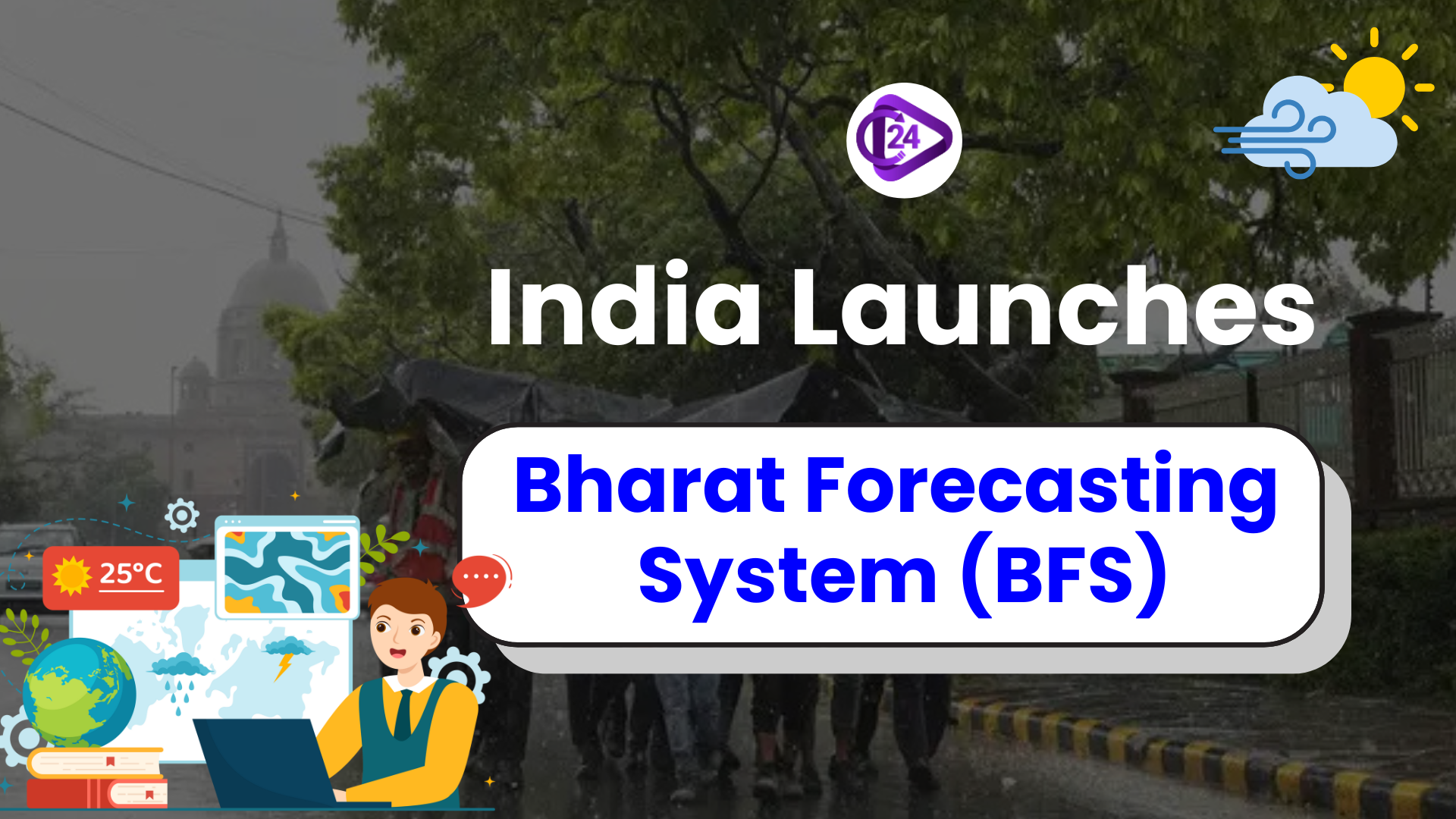 India Launches Bharat Forecasting System (BFS), the World’s Highest Resolution Weather Forecast Mode
India Launches Bharat Forecasting System (BFS), the World’s Highest Resolution Weather Forecast Mode


